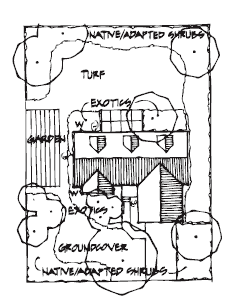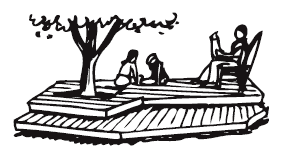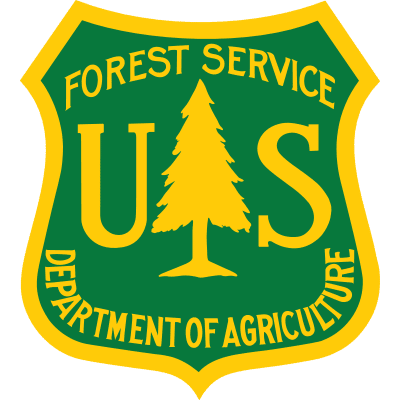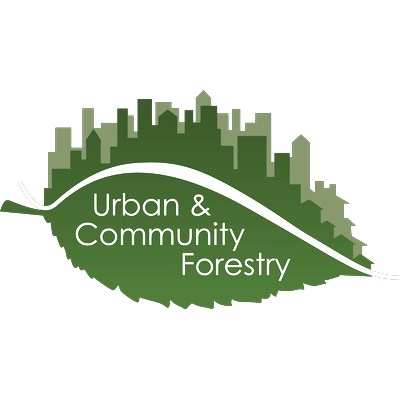Bulletin #17: How to Landscape to Save Water
Watering trees, proper pruning and responsible pest control have long been among the basic tenets of good urban forestry. But with the demand for water soaring and supplies shrinking, it is essential that property owners and municipalities find new ways to conserve water while at the same time maintaining healthy trees and other vegetation.
This is the free, digital version of Bulletin #17. Purchase the full bulletin for the complete content.
Seven Steps to Water Conservation
In 1981 a new word was coined in the Denver area that can serve as a guide to saving water while still maintaining trees and other plants in the landscape. The word is Xeriscape, derived from the Greek, xeros, meaning dry. Actually, a Xeriscape is not dry, but by applying the fundamental concepts of Xeriscaping you can dramatically cut the amount of water needed for a beautiful and functional landscape.
1. Plan and Design to Save Water

- Large deciduous trees placed to maximize summer shade on hot sides of the house. Combined with ground cover plantings, this can reduce surface temperatures 20 degrees.
- If room allows, a dense windbreak to cut down on drying winds.
- Microclimate zones, grouping vegetation based on water needs. For example, concentrate lawn areas (high water demand) only where needed. Create zones such as rock gardens, native shrubs, or drought tolerant wildflowers (low water demand) on southern exposures and little-used areas. The zone concept helps shrink the area requiring water and allows you to concentrate water where it is most needed.
2. Reduce Lawn Area

- Expand patio space. Use brick or deck to allow air and water to reach the root zone of trees.
- Use mulch around trees and to gracefully extend the edges of shrub and tree zones into former lawn space.
- Develop wildflower zones and plant ground cover between trees and on steeper slopes.
- Plant more shade trees and a shrub area for wildlife.
- Consider a backyard orchard or dwarf fruit trees to combine beauty with the benefits of homegrown fruit.
- Use blue spruce, arborvitae, hackberry or other droughtresistant trees to form a wide, living fence. Add rows for extra width.
- Use large, open spaces to grow high speed trees like paulownia, hybrid poplars or willows for fuelwood cuttings. Stump sprouts will provide numerous crops without replanting.

More Information
Call 1-888-448-7337 Monday-Friday 8:00 AM to 5:00 PM CST



